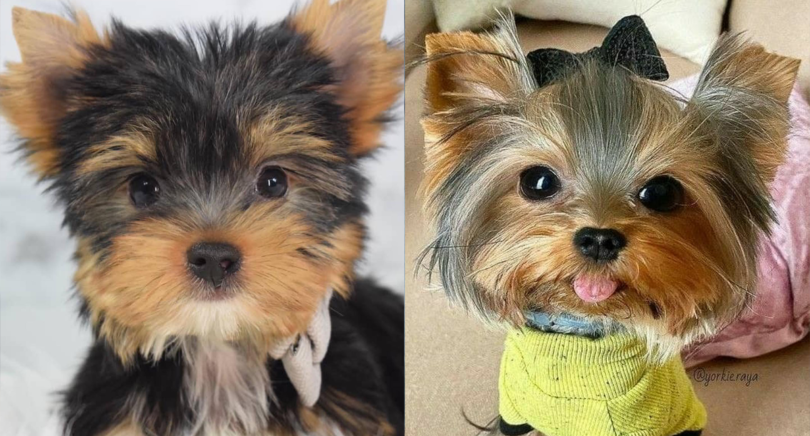Dogs are naturally affectionate animals, and licking is a common behavior that they use to show affection, seek attention, or communicate with their owners. While some people may find dog kisses endearing, others may prefer to discourage their dogs from licking their face, themselves, or others. If you’re looking to train your dog to curb their licking behavior, follow these 10 easy steps:
Step 1: Set Clear Boundaries
Establish clear boundaries regarding when licking is allowed and when it’s not. Decide whether you want to completely eliminate licking behavior or simply reduce it to certain occasions or contexts.
Step 2: Be Consistent
Consistency is key when training your dog. Enforce your rules consistently and avoid sending mixed signals that may confuse your dog.
Step 3: Redirect Attention
When your dog starts licking, redirect their attention to an alternative behavior such as sitting, lying down, or offering a toy or treat. Reward the desired behavior to reinforce it positively.
Step 4: Use a Distraction
Offer a distraction such as a puzzle toy, chew toy, or interactive game to redirect your dog’s focus away from licking. Engaging your dog’s mind and senses can help discourage licking behavior.
Step 5: Teach the “Leave It” Command
Train your dog to respond to the “leave it” command, which teaches them to ignore or move away from something they’re interested in. Use positive reinforcement to reward your dog for complying with the command.
Step 6: Practice Desensitization
Gradually desensitize your dog to triggers that prompt licking behavior, such as seeing food residue on your face or hands. Start by exposing your dog to low-level triggers and gradually increase the intensity as they become more comfortable.
Step 7: Provide Alternative Forms of Affection
Encourage alternative forms of affection such as petting, cuddling, or verbal praise to fulfill your dog’s need for attention and affection without resorting to licking.
Step 8: Use Taste Deterrents
Apply a taste deterrent to your skin or clothing to discourage licking. Taste deterrents are safe and nontoxic substances that taste unpleasant to dogs, such as bitter apple spray or lemon juice.
Step 9: Ignore Unwanted Licking
If your dog persists in licking despite your efforts to discourage the behavior, calmly and gently remove yourself from the situation. Withhold attention and ignore your dog for a brief period to communicate that licking is not an effective way to get your attention.
Step 10: Seek Professional Help if Needed
If your dog’s licking behavior persists despite your best efforts to address it, consider seeking guidance from a professional dog trainer or behaviorist. They can assess the underlying causes of the behavior and provide personalized training techniques to help modify it effectively.
By following these 10 easy steps and being patient, consistent, and positive in your approach, you can train your dog to curb their licking behavior and maintain harmonious interactions with you and others. Remember that every dog is unique, so be prepared to adjust your training methods to suit your dog’s individual needs and personality. With time and effort, you can help your dog develop more appropriate ways of expressing affection and seeking attention.


